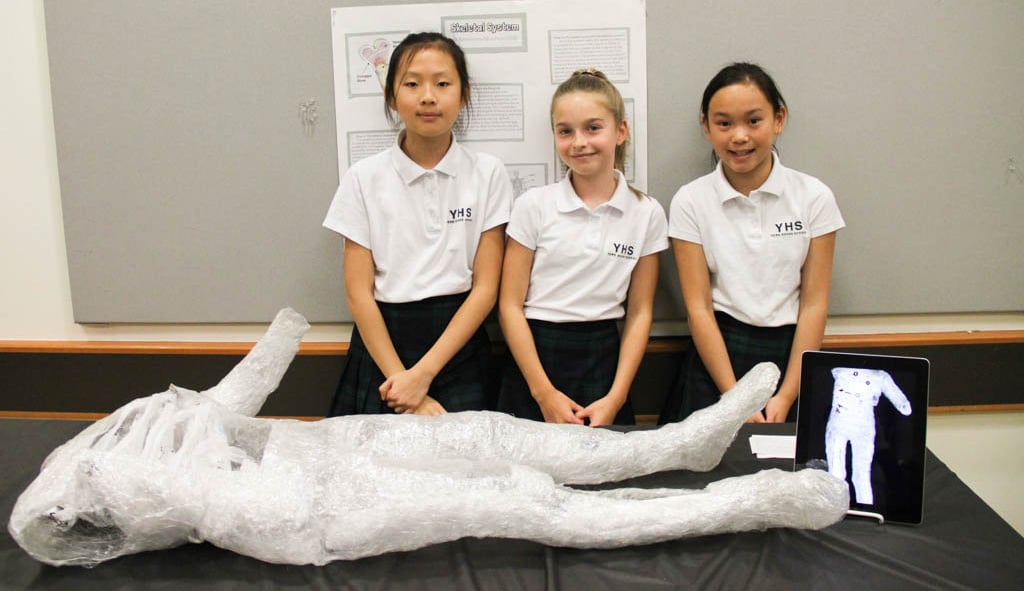This spring all classes from Grades 1 – 3 were introduced to something new for the Junior School – a day of learning in the forest. Led by Ms. Robin, our Coordinator of Outdoor Education and Risk Management, and Ms. Payette, the students visited Pacific Spirit Park at the UBC endowment lands, where they learned about plants (poisonous, edible, dangerous, and safe), as well as animals. Many beautiful birds made an appearance and slugs were certainly a favourite!
Why you may ask did we do this? Outdoor experiential learning has been shown to promote exploration, self-confidence, and child initiated inquiry. It inspires cooperative, imaginative, creative play, and fosters a sense of connection and care for our environment. There is also growing evidence that time spent in nature improves concentration, reduces stress and anxiety levels, leads to better balance, fitness, and resilience. Besides this host of research pointing towards the importance that we create outdoor learning and play opportunities for our children, it’s fun and offers a way to connect the classroom to the broader world!
They heard stories and told stories, made connections, and, most of all, had a lot of fun! Everyone came home dirty, with big smiles and something new they had felt, seen, or thought. These days were incredibly meaningful to everyone who participated, a big thanks to the home teams who made sure their girls were ready with a lunch and rain gear for their adventure, and to the classroom teachers who took the time to join in the fun, and brought our real-world connections back into the classroom.


































